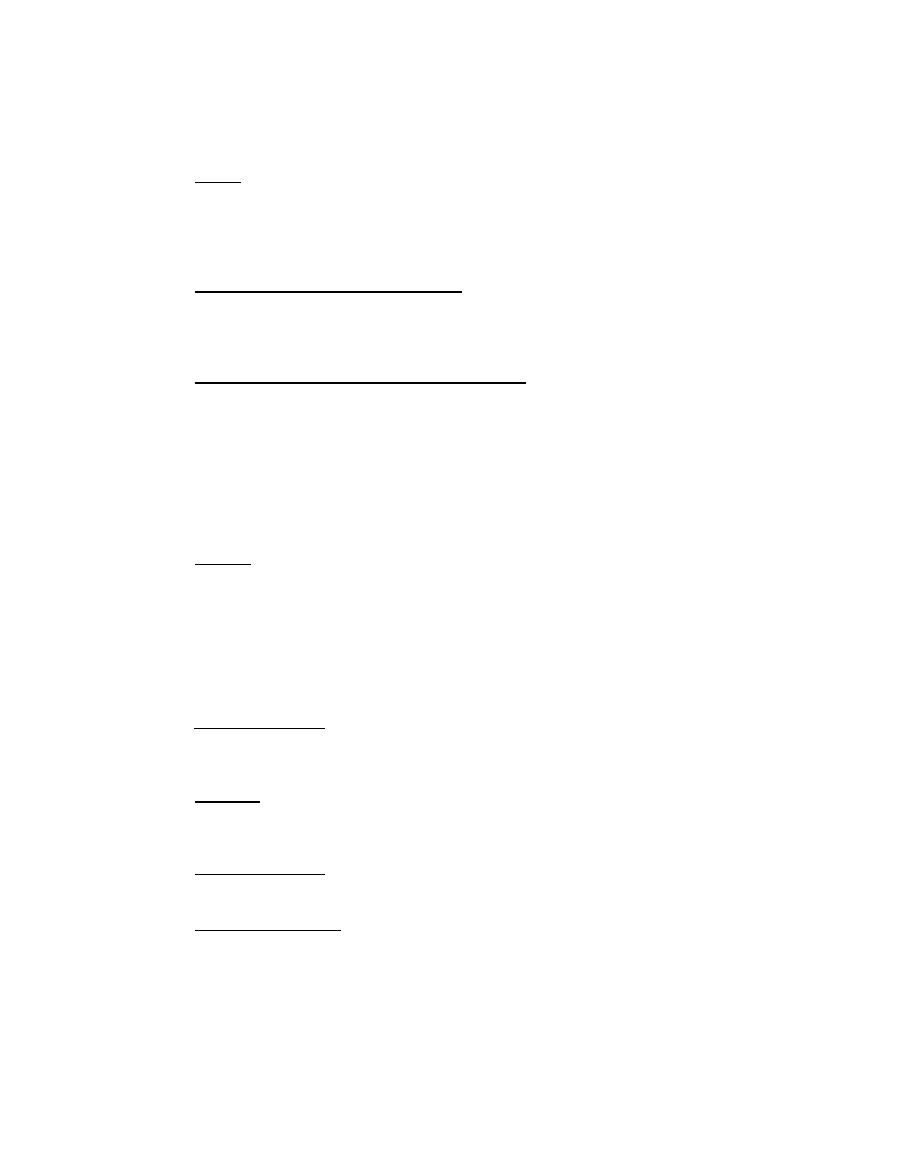
MIL-HDBK-1011/1
Section 6: WOOD AND PLASTICS
6.1
Scope. This section covers rough carpentry, heavy construction
timber, finish carpentry, plywood, wood treatments, prefabricated structural
wood and its uses and prefabricated plastics. Rough hardware, particle board
and treatment and use are also included. Waterfront timber and marine piles
are covered in Section 2.
6.2
General Design Considerations. Due to the high potential for decay
and termite attack in the tropics, it is recommended that use of wood be
minimized.
If wood is used, thoroughly pressure treat and maintain accurate
inspection to ensure proper treatment.
6.3
Construction/Materials Consideration. Wood materials and products
in the tropics are subjected to constant exposure to moisture from humidity,
rain, and wind-blown spray. Additionally, boring and nesting insects, molds
and mildew, and various forms of rot are constant problems. Plastics,
however, are generally not affected by these problems, but constant exposure
to the ultra-violet rays in sunlight can cause structural failures ranging
from delamination in fiber-reinforced resinous materials (fiberglass) to
actual chemical and physical breakdowns in certain plastics such as polyvinyl
chloride (PVC) shapes and films.
6.4
Lumber. Base selection of wood for exterior lumber and timber on
strength and treatability. Strength can generally be handled by size
variation. Treatability is a function of species and heartwood percentage.
Heartwood of most species is almost impossible to treat effectively for the
more voracious termites, so selection of a species of wood having a high
sapwood content will generally produce superior treatment results. Finished
moisture content of lumber and timber relates to air humidity conditions of
site, but moisture content shall be not more than 19 percent.
6.4.1
Glulam Members. Fabricate glulam members from treated lumber. Do
not expose glulam members to exterior climatic conditions. Sun and water
exposure can deteriorate such members. Waterproof glue bonding is essential.
6.4.2
Plvwood. Ensure plywood has full penetration treatment of the
recommended retention for pressure treatment. Except for special
applications, use only exterior type.
6.4.3
Particle Board. Do not use this material in the tropics. It is
unstable in wet or humid conditions and cannot be preservative treated.
6.4.4
Hardboard Siding. Do not use this material in the tropics.
Manufactured from tempered hardboard, it is usually finished with a texture to
simulate wood siding. It comes in sheets like plywood siding and installation
is the same as for plywood. However; it cannot be treated against termites
26



 Previous Page
Previous Page
